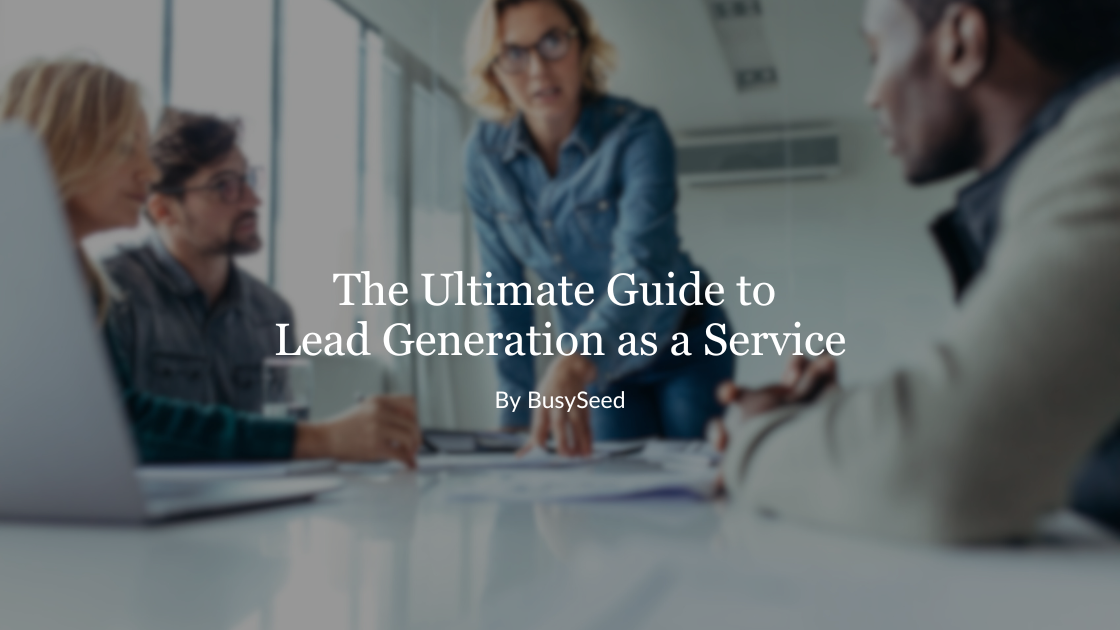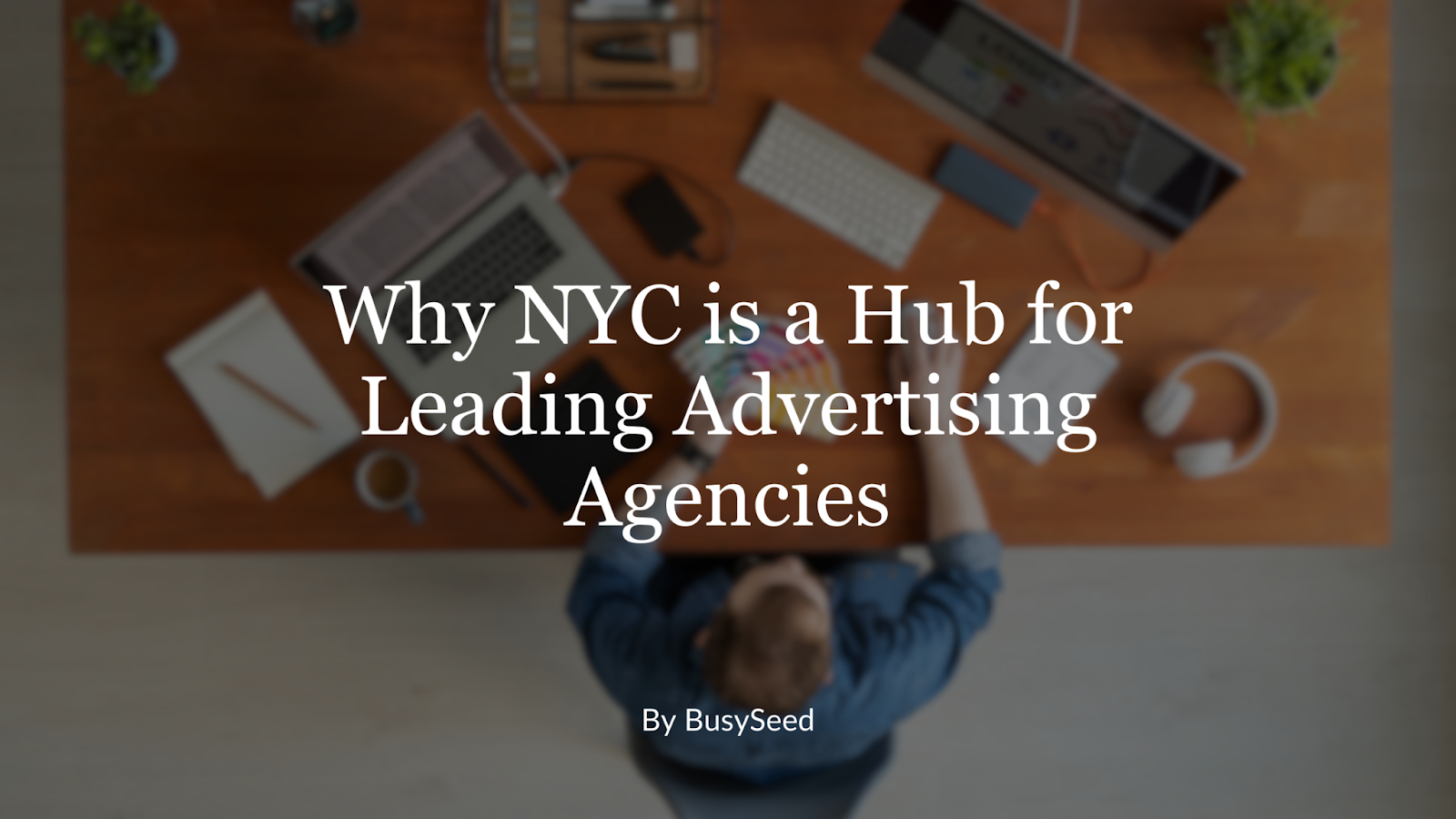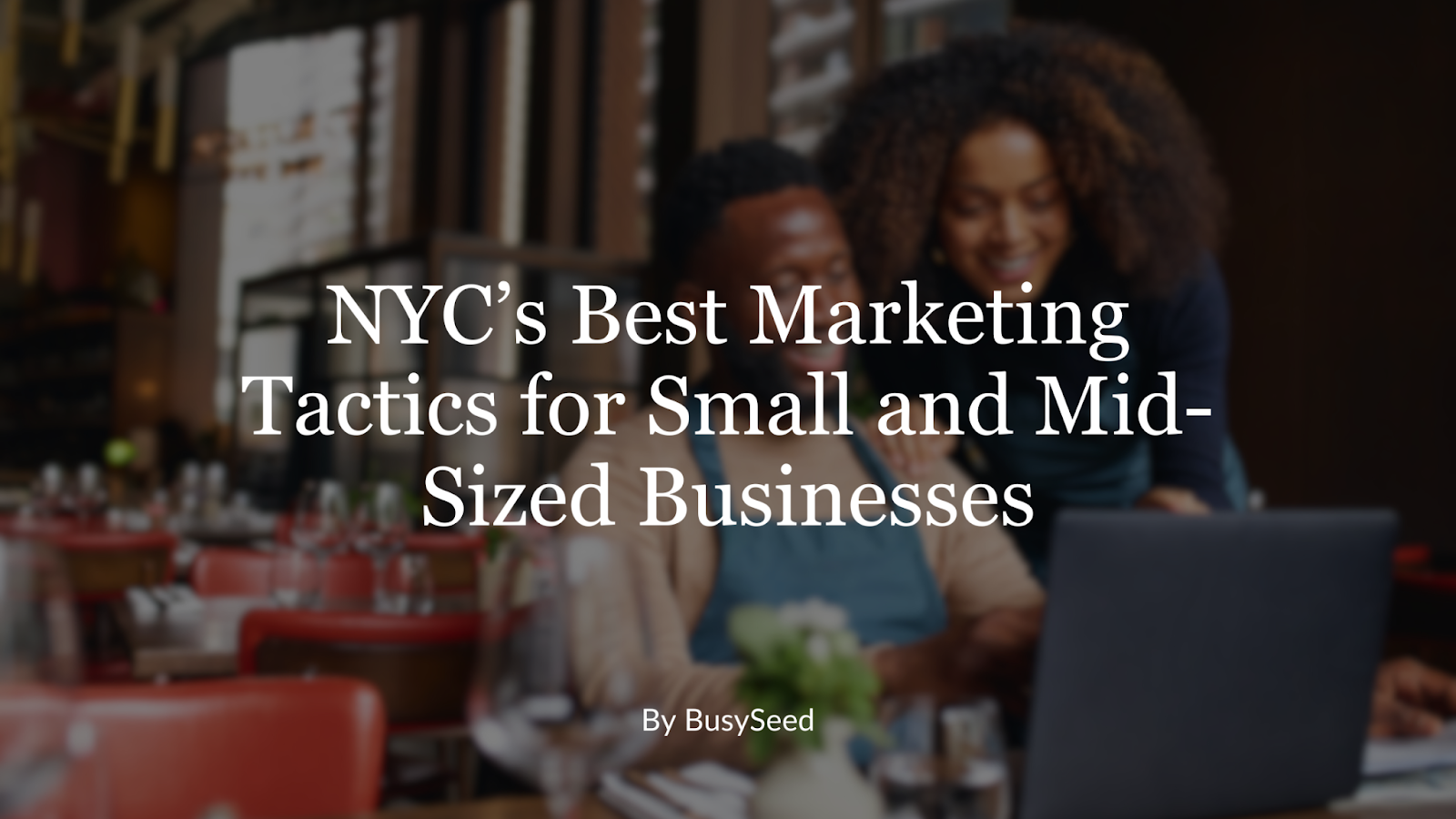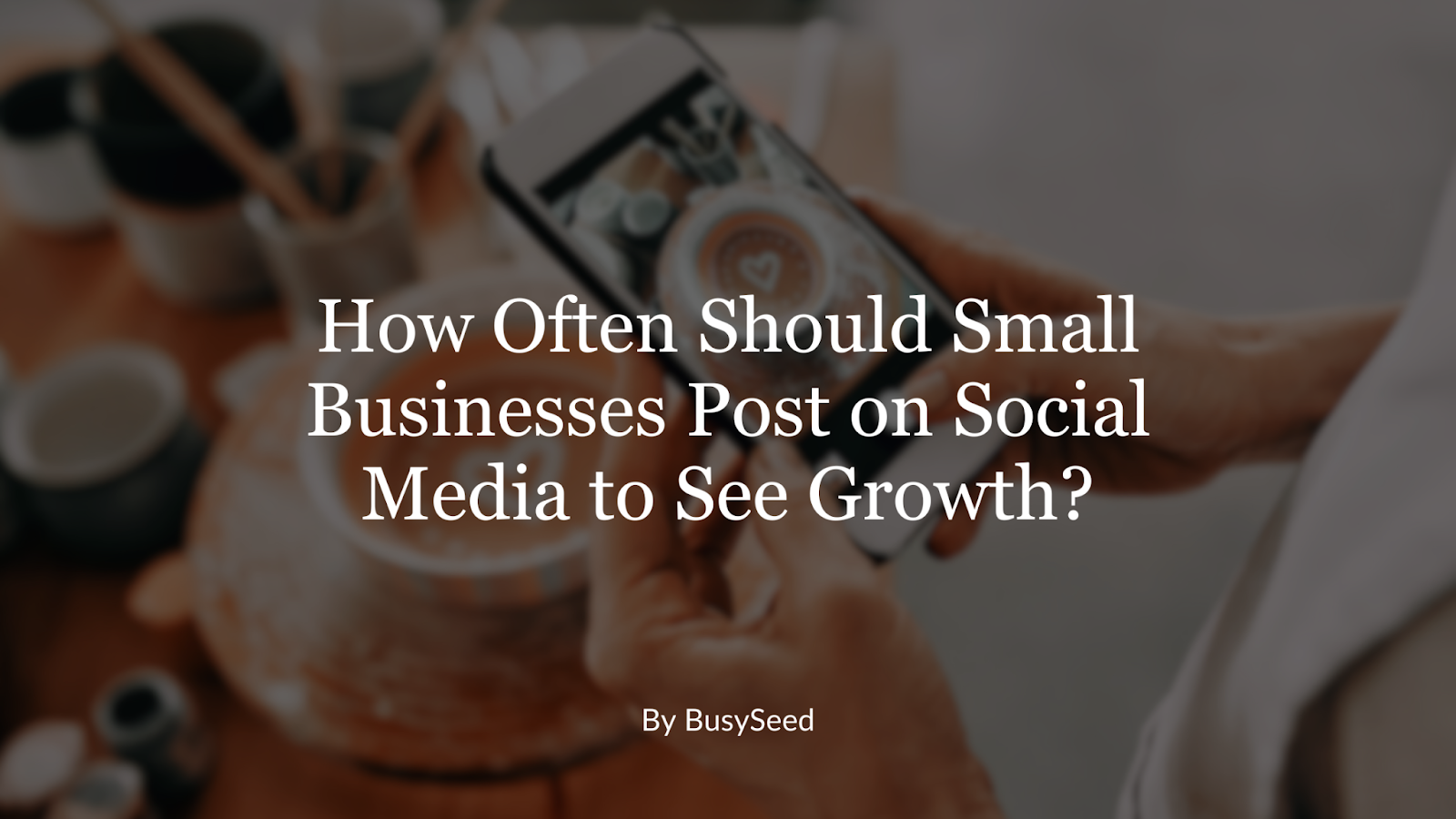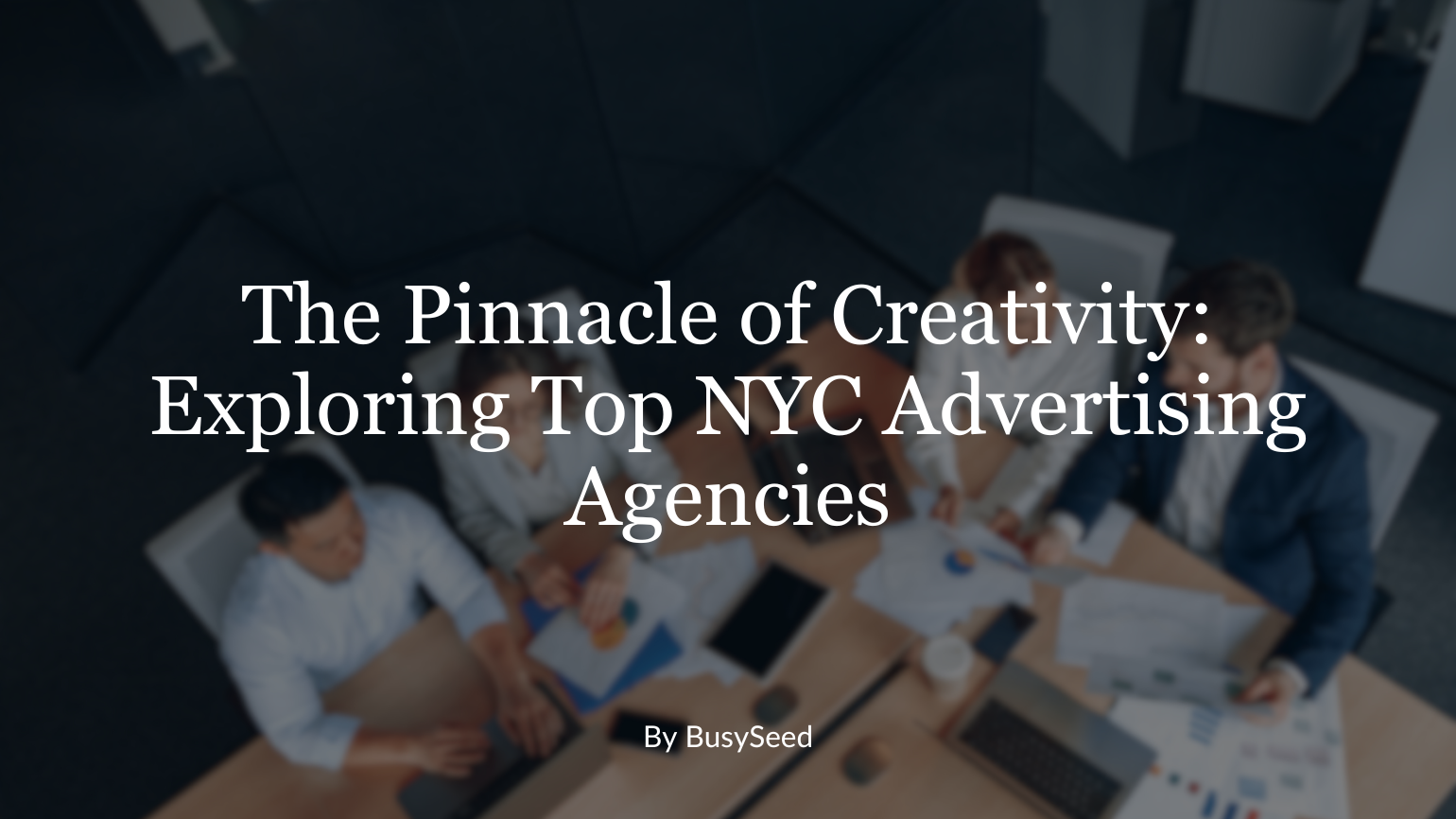BusySeed Guide: Targeted Ads vs. Boosted Posts
Social media marketing and more specifically, ads on Facebook can be very confusing for small business owners. That’s why we have compiled a small guide to help you distinguish the difference between targeted ads on Facebook and boosted posts. Keep reading to find out which type is most suitable for your needs!
Boosted Posts
Small business owners are usually most familiar with boosted posts since you can create them directly from your Facebook page without any need for the Ads Manager.
Boosted posts allow you to boost an existing post on your page so that more Facebook users see it on their newsfeeds.
What are the benefits?
Boosted posts are great for increasing general awareness of your brand, post interaction, and your overall social media presence. Since boosted posts do not have a direct call to action, (Call Now, Send a message, Learn more, etc.) it can be hard to get people to take action outside of Facebook or bring them to your website.
However, Facebook has released a new update that also allows boosted posts to increase website traffic. So within the next few weeks, it is important to test out which kind of ad works best in creating link clicks for your company. This option can only be used when a link is present in your post.
What kind of content is best for boosted posts?
Boosted posts should include general information about your business and its services instead of general sales or promotions that are taking place at that time. The goal should be to make people aware of what your business has to offer them and make them interested enough to follow your Facebook page.
If you see a post that has already been performing well naturally, boost it! This will help the post (and your page) reach more people and possibly attract a few new fans!
Targeted Ads
Targeted ads differ from boosted posts in the fact that targeting and placement are much more specific. On Facebook, you can target by a multitude of different factors like online behavior, age, interests, and location.
Targeted ads also go much further than just engagements or website clicks. You create ads to increase in-store visits, conversions and lead generation, video views, event responses.
What are the benefits?
The first benefit is that your ad will reach a much more specific audience that is more likely to take action following your ad compared to a boosted posts’ audience. When targeting ads, remember to keep the audience around 400,000 people for the best results.
You can vary your content! Since you can create content especially for an ad, you can make it very tailored to its’ audience. You also have much more freedom when deciding where the content should be placed.
With targeted ads, you can include one of three different call to action buttons within the ad.
Facebook’s targeted ads are also perfect if you want to track your audience’s behavior after viewing your ad. Install Facebook’s Pixel to track behavior on your website after viewing your ad.
What kind of content is best for targeted ads?
If you have a certain product or service that interests only a small section of your audience, consider running a targeted ad about it. This way, all of your other followers are not bothered by content that does not interest them. If followers are confronted with too much information that does not interest them, they will most likely unfollow your page.
Simply put, any post with a clear CTA (call-to-action) is the perfect candidate for Facebook’s targeted ads.
Still wondering when to use each?
Use boosted posts when you want to achieve maximum visibility for one specific post or increase general brand awareness and your social media standing. To increase your Facebook page’s general statistics, boost a post that has already been performing well naturally.
If you are generating leads or have specific sales goal in mind, create a targeted ad.
Do you have any more questions about ads on Facebook or want general information about social media marketing? Don’t hesitate to reach out to our team at BusySeed! We’re here to keep your business busy with a little help from social media.
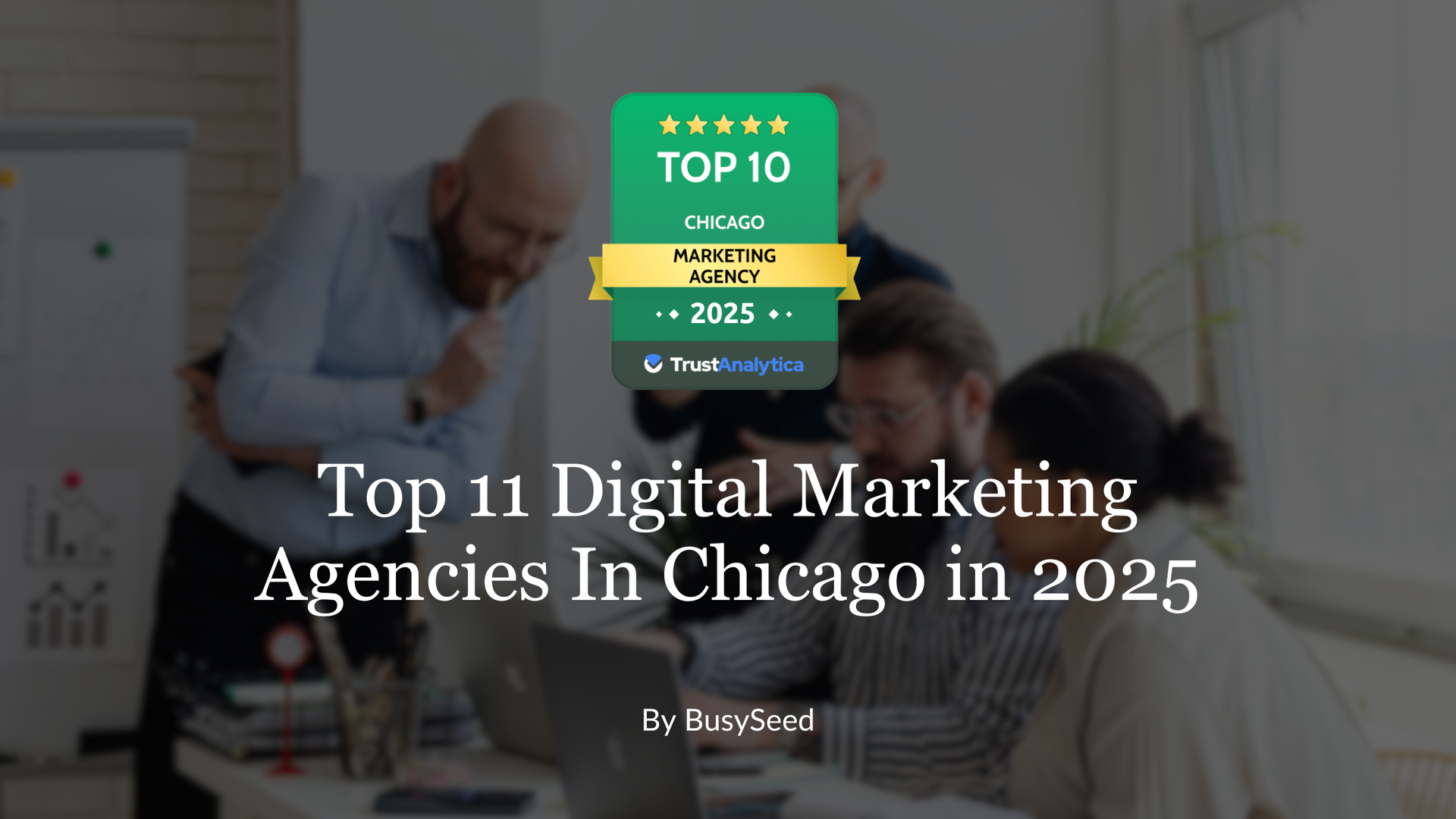
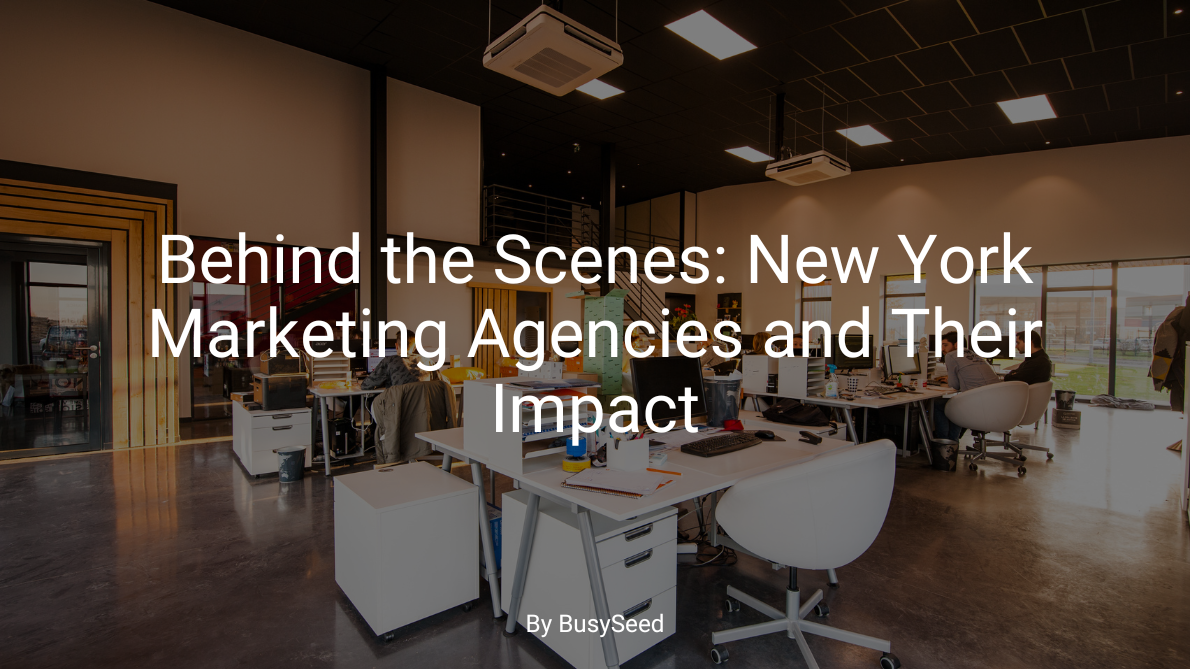

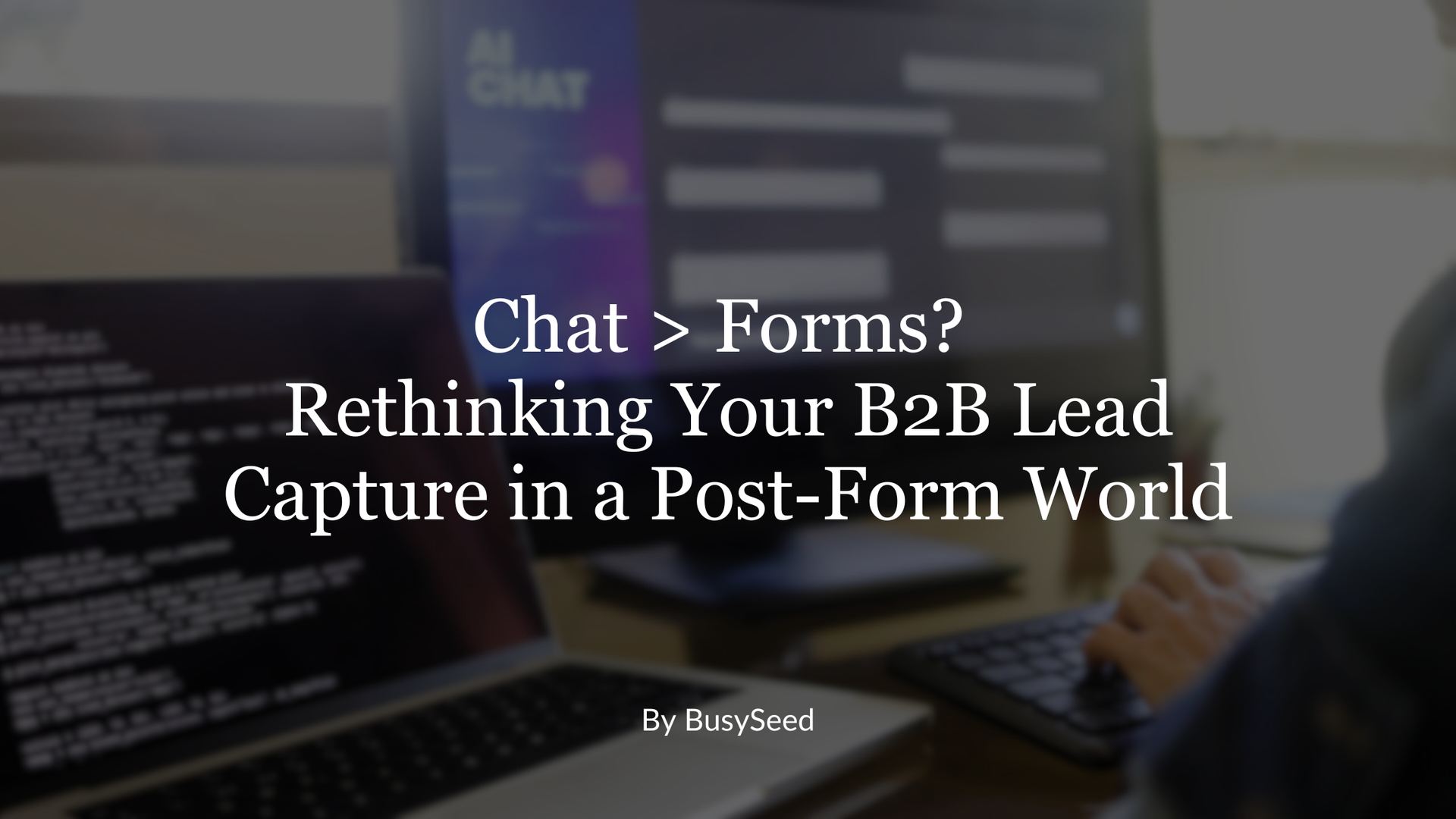 Forms? Rethinking Your B2B Lead Capture in a Post-Form World"." onerror="handleImageLoadError(this)"/>
Forms? Rethinking Your B2B Lead Capture in a Post-Form World"." onerror="handleImageLoadError(this)"/>